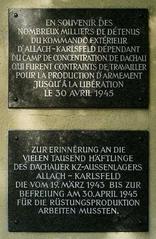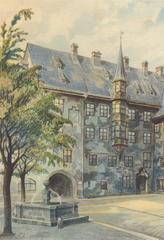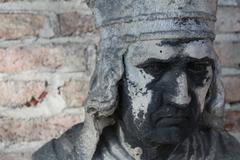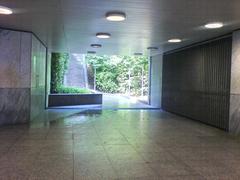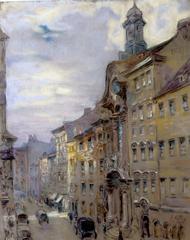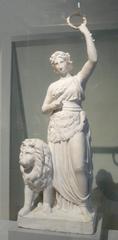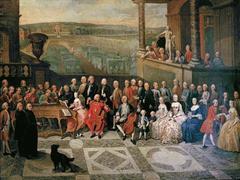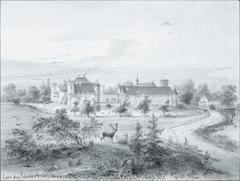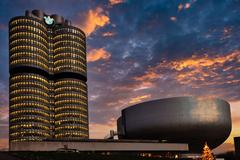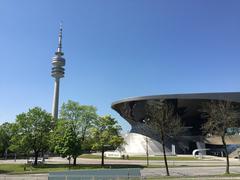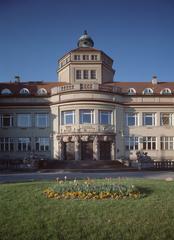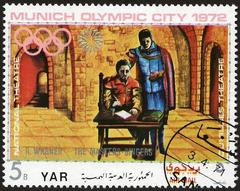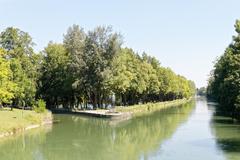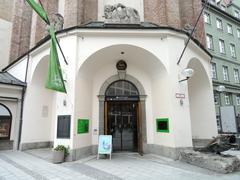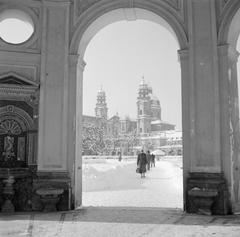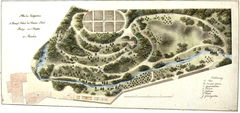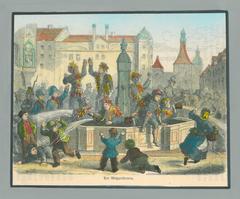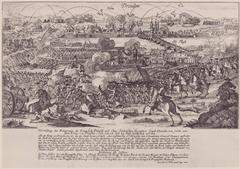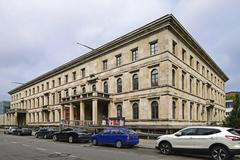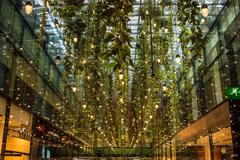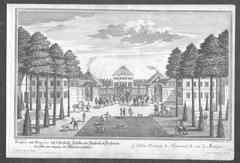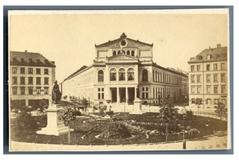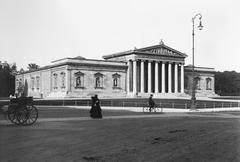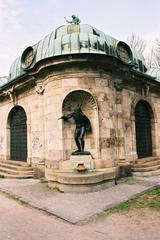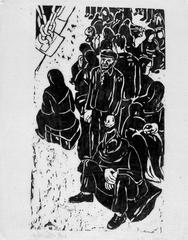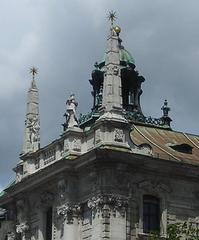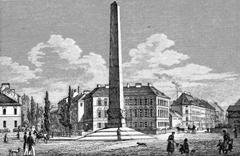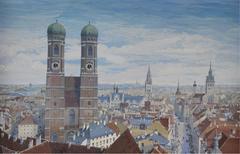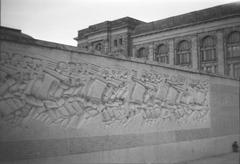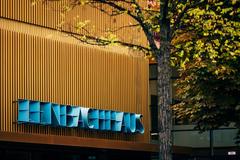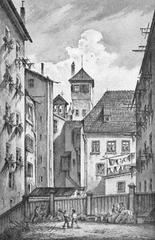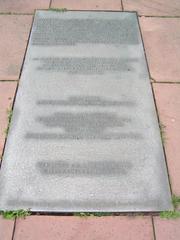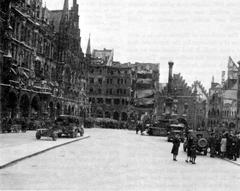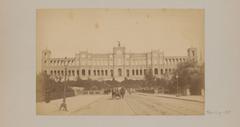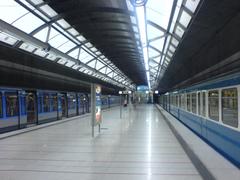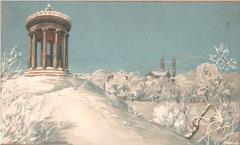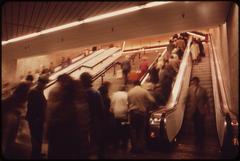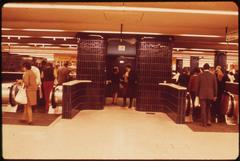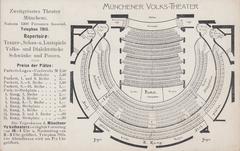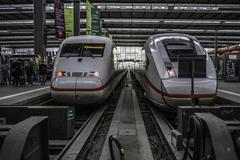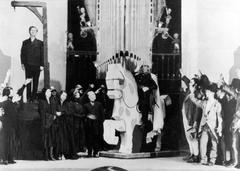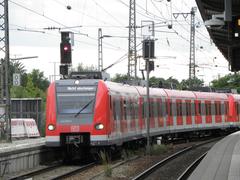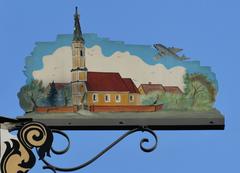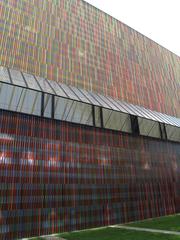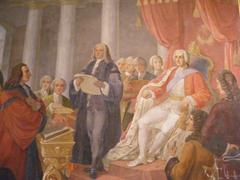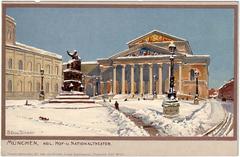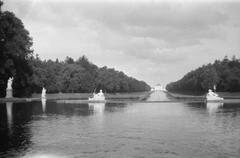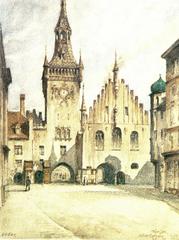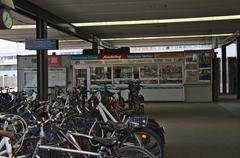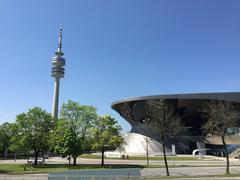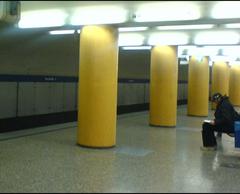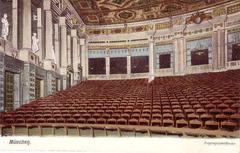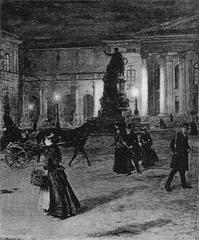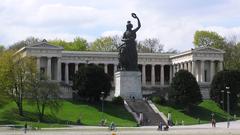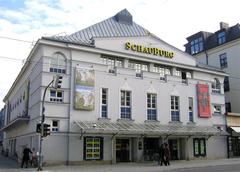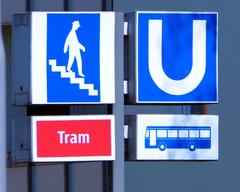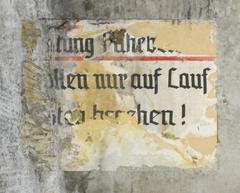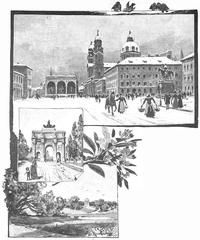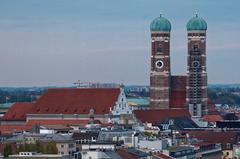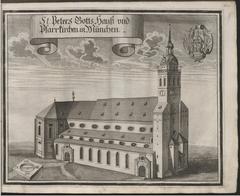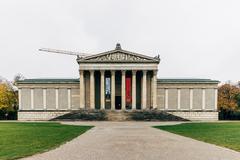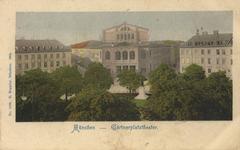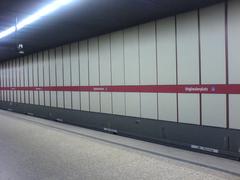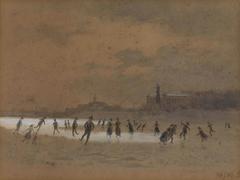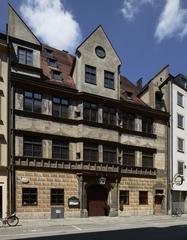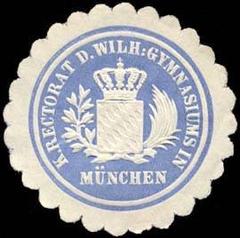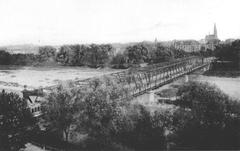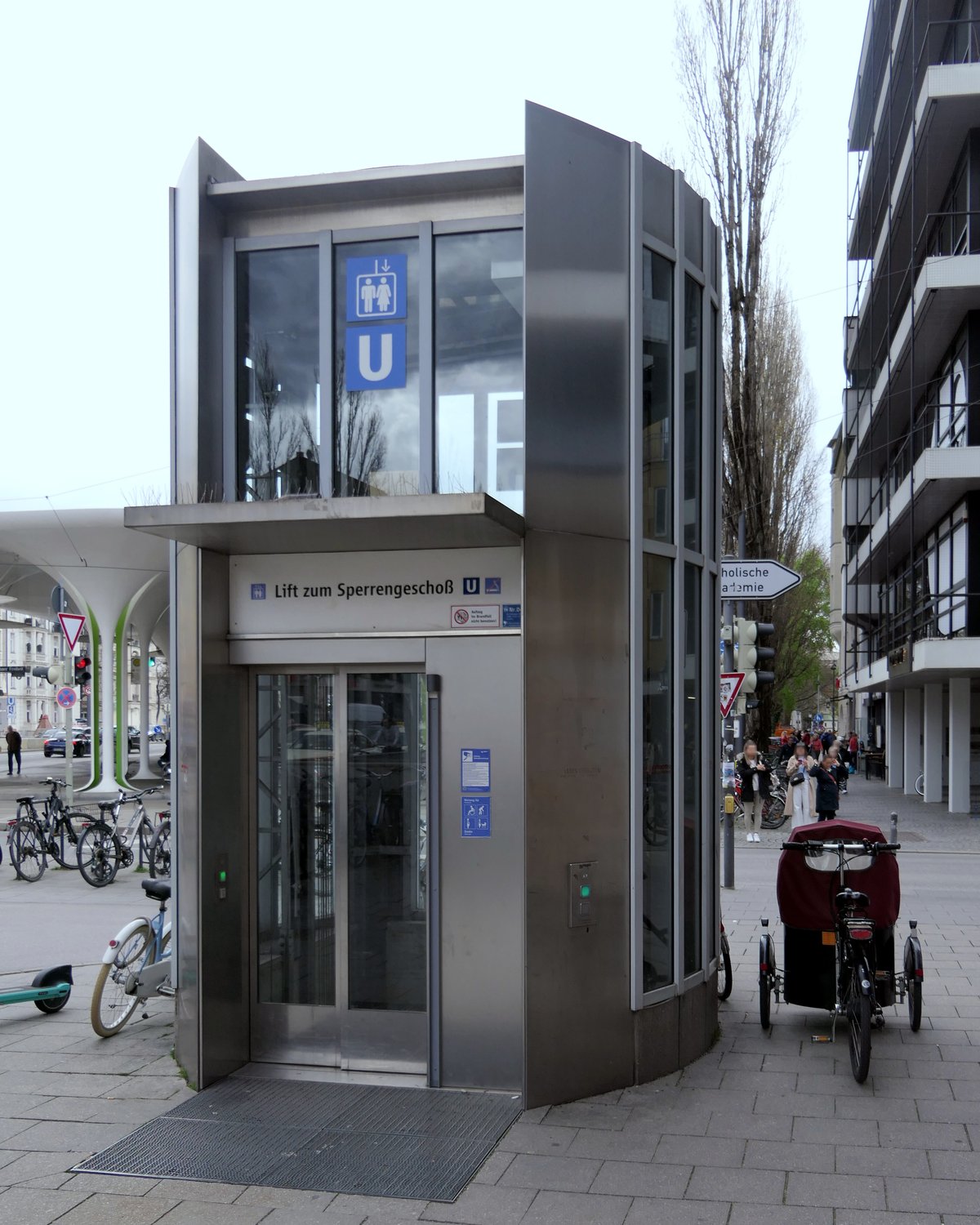
Visiting Münchner Freiheit: Hours, Tickets, and Attractions in Munich
Date: 18/07/2024
Introduction
Münchner Freiheit, translating to ‘Munich Freedom,’ is a vibrant square with a rich historical and cultural tapestry, located in the heart of Munich’s Schwabing district. Once known as ‘Schwabinger Tor,’ this area was a crucial gateway into Munich during the 18th century, controlling the flow of goods and people into the city. The square’s transformation began in 1808 when King Maximilian I Joseph ordered the demolition of the medieval fortifications, leading to the creation of an open square. Renamed ‘Münchner Freiheit’ in 1890, the square commemorates the city’s pursuit of freedom and democracy following the 1848 European revolutions (source).
By the late 19th and early 20th centuries, the surrounding Schwabing district emerged as a cultural hub, attracting artists, writers, and intellectuals from across Europe. Despite significant damage during World War II, Münchner Freiheit was meticulously restored, blending its historical significance with modern life. Today, the square is a bustling urban space, hosting open-air markets, concerts, and festivals, and is adorned with the iconic ‘Fontänenanlage’ fountain designed by Professor Otto Kallenbach in 1964 (source).
This comprehensive guide delves into the historical and cultural significance of Münchner Freiheit, provides practical visitor information, and offers tips for exploring this iconic part of Munich.
Table of Contents
- Introduction
- A Square Steeped in History
- Visitor Information
- Travel Tips
- Cultural Significance - More Than Just a Name
- FAQ
- Conclusion
A Square Steeped in History
Early Beginnings - A Gateway to Munich
The area now known as Münchner Freiheit traces its roots back to the 18th century. Originally called ‘Schwabinger Tor’ (Schwabing Gate), it marked one of the main entry points into Munich. This gate controlled the flow of goods and people into the city, making it a crucial economic and social hub.
From Gate to Square - A Transformation Unfolds
In 1808, King Maximilian I Joseph ordered the demolition of Munich’s medieval fortifications, including the Schwabing Gate. This decision paved the way for the city’s expansion and modernization. The area where the gate once stood gradually transformed into an open square.
Honoring Freedom - The Birth of a Name
The year 1848 saw a wave of revolutions sweep across Europe, demanding political and social reforms. Munich was no exception, with citizens actively participating in the uprising. While the revolution ultimately failed, its spirit resonated deeply within the city. In 1890, the square was officially renamed ‘Münchner Freiheit’ to commemorate the pursuit of freedom and democracy.
A Cultural Hub Emerges - Art, Literature, and Bohemian Spirit
By the late 19th and early 20th centuries, Schwabing, the district surrounding Münchner Freiheit, blossomed into a vibrant center for art and intellectual thought. The square became a popular meeting place for artists, writers, and intellectuals, fostering a bohemian atmosphere that attracted creative minds from across Europe.
War and Reconstruction - Scars and Resilience
World War II left its mark on Münchner Freiheit, as it did on much of Munich. The square and its surrounding buildings suffered significant damage during the bombings. However, the post-war period saw a determined effort to rebuild and revitalize the city. Münchner Freiheit was carefully restored, regaining its status as a vital urban space.
A Modern Square - Embracing the Present, Remembering the Past
Today, Münchner Freiheit thrives as a dynamic hub in modern Munich. The square seamlessly blends its historical significance with contemporary life. It’s a place where locals and tourists alike gather to enjoy open-air markets, concerts, and festivals. The iconic fountain, ‘Fontänenanlage,’ adds a touch of artistic flair.
Visitor Information
Visiting Hours and Tickets
Münchner Freiheit is accessible to the public 24/7, and there are no entrance fees. However, specific events or activities in the area may have their own schedules and ticket prices.
Guided Tours
Several guided tours include Münchner Freiheit as part of their itinerary. These tours often provide deeper insights into the square’s history and significance, along with other notable sites in Munich.
Nearby Attractions
- Englischer Garten - One of the largest urban parks in the world, perfect for a leisurely stroll or picnic. (source)
- Alte Pinakothek - An art museum housing an extensive collection of European paintings from the 14th to 18th centuries.
- Siegestor - A triumphal arch that marks the border between the districts of Maxvorstadt and Schwabing.
Travel Tips
- Public Transport - Münchner Freiheit is well-connected by Munich’s U-Bahn (subway) lines U3 and U6, making it easily accessible from various parts of the city.
- Best Time to Visit - While the square is lively year-round, visiting during spring and summer allows you to fully enjoy the outdoor activities and events.
- Local Cuisine - Don’t miss out on trying traditional Bavarian dishes at the nearby restaurants and cafes.
Cultural Significance - More Than Just a Name
The name ‘Münchner Freiheit’ holds deep meaning for the people of Munich. It serves as a constant reminder of the city’s commitment to freedom, democracy, and the pursuit of a just society. The square stands as a symbol of resilience, having witnessed both turbulent times and periods of peace and prosperity.
FAQ
What are the visiting hours for Münchner Freiheit?
Münchner Freiheit is open to the public 24/7.
Are there any guided tours available?
Yes, several guided tours include Münchner Freiheit in their itinerary, offering deeper insights into its history.
What are some nearby attractions?
Nearby attractions include the Englischer Garten, Alte Pinakothek, and Siegestor.
Conclusion
Münchner Freiheit stands as a testament to Munich’s dynamic history, cultural heritage, and modern vibrancy. From its origins as a medieval gateway to its transformation into a symbol of freedom and democracy, the square has continually evolved, reflecting the resilience and spirit of Munich’s citizens. Today, it serves as a lively urban hub, seamlessly blending historical significance with contemporary life. Visitors can explore its rich artistic legacy, enjoy its green spaces, and immerse themselves in the local culture through its diverse dining and shopping options.
Whether you’re a history enthusiast, art lover, or simply looking to experience the local atmosphere, Münchner Freiheit offers a unique glimpse into the soul of Munich. The square’s accessibility, coupled with its proximity to other major attractions like the Englischer Garten and the Alte Pinakothek, makes it an essential stop for anyone visiting the city. As you stroll through the square, take a moment to reflect on its storied past and embrace the vibrant present, truly experiencing Munich’s enduring spirit of freedom and resilience (source).

